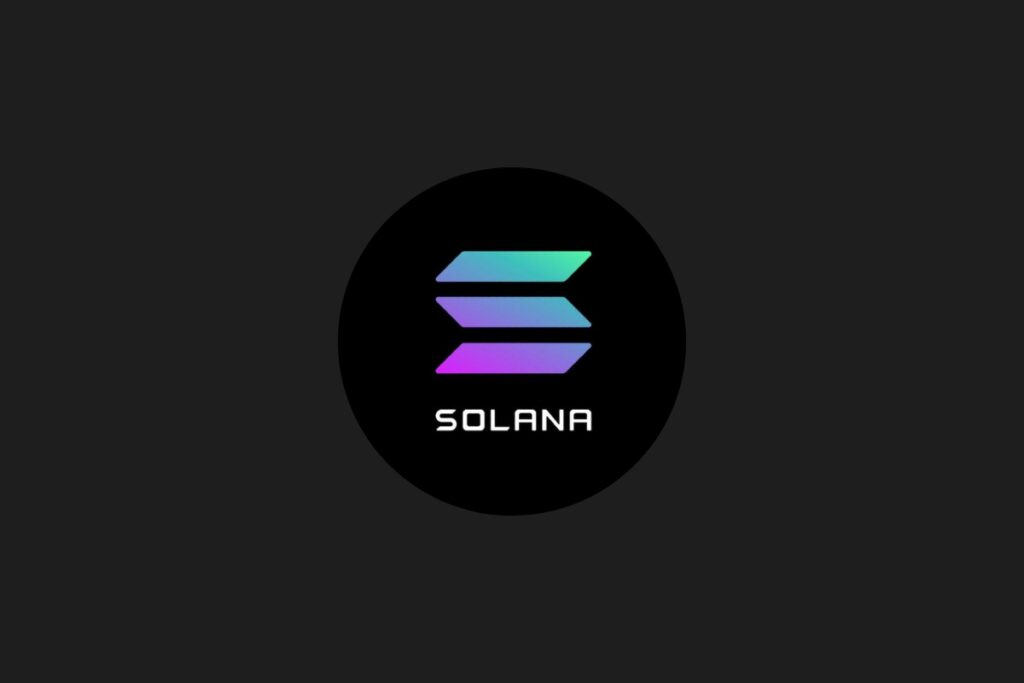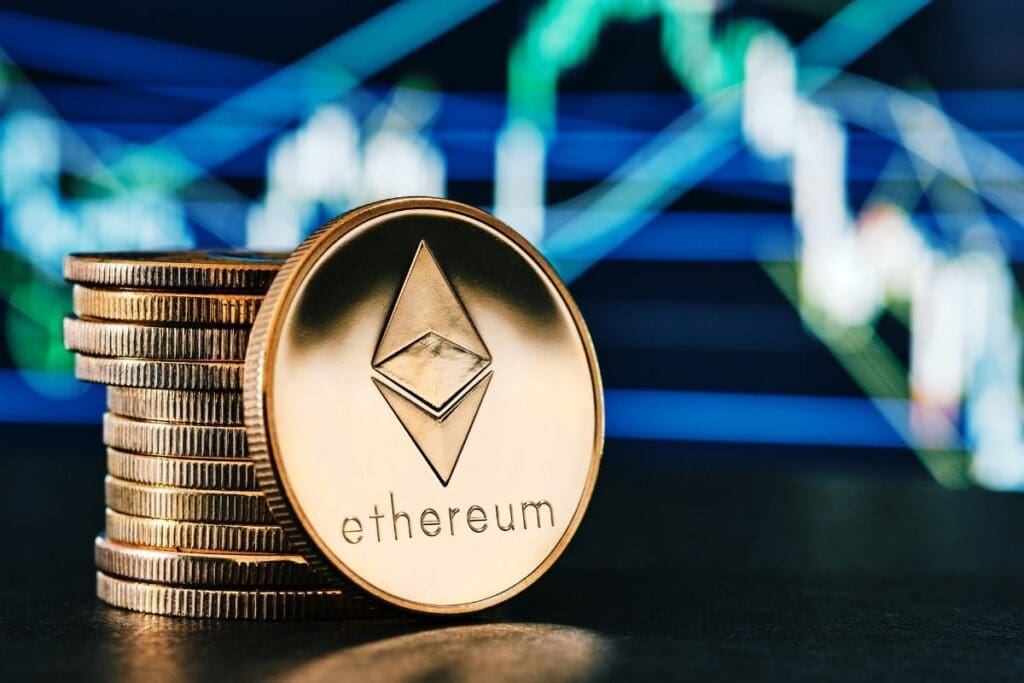Actual consumer numbers, institutional adoption, and new applied sciences have accelerated blockchain progress. Listed here are the ten fastest-growing networks and the tendencies driving their rise.
The blockchain business is rising quickly, with new networks rising to compete with established leaders. However are these platforms actually gaining mass adoption?
In 2025, blockchain progress has been fueled not simply by hypothesis, however by real consumer engagement and revolutionary know-how. From elementary Layer-1 (L1) blockchains to environment friendly Layer-2 (L2) options, networks are competing to draw hundreds of thousands of customers via low-cost transactions, seamless integrations with mainstream platforms, and thriving Decentralized Finance (DeFi) and Non-Fungible Token (NFT) ecosystems.
This text ranks the highest 10 fastest-growing blockchains based mostly on energetic consumer progress.
Rating Standards
The rating of the highest 10 fastest-growing blockchains in 2025 is based on the variety of energetic customers. Every entry additionally highlights whether or not the community is an L1 or L2, the supporting metrics that drive its rise, the principle progress catalysts, and the challenges it faces.
For the uninitiated, L1 blockchains present the bottom infrastructure with their native consensus mechanisms. L2 options, however, are designed to boost the scalability and scale back the prices of L1 blockchains. For instance, Ethereum is an L1 blockchain, whereas Polygon is an L2.
The time period “energetic consumer” refers to a singular pockets tackle that has executed a transaction.
Totally Diluted Valuation (FDV) is the theoretical whole market capitalization of a cryptocurrency if all its tokens had been in circulation on the present value. This metric presents a broader view of a challenge’s potential worth. It additionally helps decide if a token is overvalued or undervalued relative to its whole potential provide.
The ten Quickest Rising Blockchains
Solana

Solana is a high-speed L1 blockchain with a proof-of-history (PoH) consensus mechanism, designed for scalable Decentralized Purposes (DApps) and marketplaces.
Month-to-month Energetic Customers: 57 millionFDV: $107.2 billionToken Transaction Quantity (30 days): $284.2 billionMain Catalysts: DeFi and NFTs, surge in high-frequency memecoin buying and selling, the Firedancer validator shopper enhancing reliability, and rising institutional adoption.Challenges: Previous community outages influence reliability; criticism relating to the diploma of centralization and competitors from L2 options.Do you know? Solana’s Proof-of-Historical past mechanism permits it to course of hundreds of transactions per second, enabling lightning-fast DeFi, NFT, and even memecoin buying and selling.
Close to Protocol
Close to Protocol is an L1 blockchain utilizing thresholded proof-of-stake (TPoS) consensus. It focuses on scalability, developer-friendly instruments, and the combination of AI-native options for DApps.
Month-to-month Energetic Addresses: 51.2 millionFDV: $3.1 billionToken Transaction Quantity (30 days): $7.8 millionMain Catalysts: AI integration for user-owned AI brokers and intents, low transaction charges with carbon neutrality, partnerships like EigenLayer, and growth in DeFi and gaming.
Challenges: Competitors from quicker L1s and L2s, value volatility regardless of consumer surge, and potential exploits in sharding complexity.
BNB Chain
BNB Chain is a Binance-backed L1 blockchain supporting DeFi, NFTs, and DApps with EVM compatibility.
Month-to-month Energetic Addresses: 46.4 millionFDV: $121.2 billionToken Transaction Quantity (30 days): $56.1 billionMain Catalysts: Decreased block time to 0.75 seconds, AI integrations for information possession.Challenges: Centralization issues resulting from Binance backing and regulatory scrutiny.
Base
Developed by Coinbase, Base is an Ethereum L2 blockchain utilizing optimistic rollups, targeted on low-cost DeFi, shopper functions, and seamless integration.
Month-to-month Energetic Addresses: 21.5 millionFDV: $2.92 billionMain Catalysts: Extremely-low charges (common $0.01), Coinbase’s consumer base of over 100 million, stablecoin influxes, and partnerships for shopper DApps.Challenges: Community congestion from excessive exercise, dependence on Ethereum for safety, and regulatory compliance as a brand new ecosystem.
Tron
Tron is a high-throughput L1 blockchain specializing in decentralized content material sharing, Telegram integration, and emphasizing low-cost stablecoin transactions.
Month-to-month Energetic Addresses: 14.4 millionFDV: $33.5 billionToken Transaction Quantity (30 days): $51.7 billionMain Catalysts: Negligible transaction charges, AI and cross-chain integrations, and partnerships like Rumble Cloud.
Challenges: Regulatory scrutiny and centralization dangers.
Bitcoin

Bitcoin is the unique decentralized cryptocurrency, utilizing the proof-of-work (PoW) consensus. It serves as a digital retailer of worth and for funds.
Month-to-month Energetic Addresses: 10.8 millionFDV: $2.3 trillionToken Transaction Quantity (30 days): $1.3 trillionMain Catalysts: Institutional inflows through Alternate-Traded Funds (ETFs) (as of This fall 2024, skilled buyers managing over $100 million maintain $27.4 billion in Bitcoin ETFs), lowering provide from halving occasions, and adoption as a strategic reserve.
Challenges: Excessive power consumption; value volatility from macroeconomic elements.
Aptos
Aptos is an L1 blockchain developed by former Meta engineers, utilizing the Transfer language, specializing in scalability, DeFi, and DApp developer progress.
Month-to-month Energetic Addresses: 10 millionFDV: $5.3 billionToken Transaction Quantity (30 days): $13 billionMain Catalysts: 19,200 TPS peak; Transfer language for safe contracts; partnerships like Tether’s USDt (USDT) launch.
Challenges: Wants wider adoption and competitors from established L1s.
Ethereum

Ethereum is the main L1 blockchain for good contracts, DeFi, and NFTs, utilizing the proof-of-stake (PoS) consensus.
Month-to-month Energetic Addresses: 9.6 millionFDV: $522.7 billionToken Transaction Quantity (30 days): $1.1 trillionMain Catalysts: The Pectra improve for higher consumer expertise and scalability, ETF inflows, and institutional staking.Challenges: Scalability points, increased charges than opponents, and regulatory pressures.Polygon Polygon is a multi-chain Ethereum scaling resolution utilizing PoS. It helps DeFi, NFTs, and enterprise functions with EVM compatibility.Month-to-month Energetic Addresses: 7.2 millionFDV: $2.6 billionToken Transaction Quantity (30 days): $4.2 billionMain Catalysts: Heimdall v2 improve for cross-chain compatibility and partnerships with Fortune 500 corporations.
Challenges: Regulatory scrutiny below MiCA (Markets in Crypto-Belongings Regulation) and competitors from different L2s.
Arbitrum One
Arbitrum One is a number one Ethereum L2 utilizing optimistic rollups for quicker and cheaper transactions whereas inheriting Ethereum’s safety.
Month-to-month Energetic Addresses: 4 millionFDV: $5.1 billionToken Transaction Quantity (30 days): $14.3 billionMain Catalysts: Robinhood integration for tokenized property and upgrades like Stylus for decrease charges.
Challenges: Reliance on the Ethereum mainnet, regulatory uncertainty, and competitors from Optimism.
Tendencies Driving Blockchain Development
The blockchain story in 2025 is certainly one of acceleration. New applied sciences and mainstream adoption are fostering progress at each the elemental L1 degree and the L2 scaling layer. Outstanding tendencies embrace:
Stablecoin Adoption Boosts Transaction Volumes: Stablecoins like USDT and USDC are considerably rising transaction exercise, powering liquidity and consumer participation throughout ecosystems.Layer-2 Options Enhance Scalability and Cut back Prices: Scaling options like Arbitrum One and Base are enhancing Ethereum’s transaction capability and chopping charges right down to as little as $0.01. This makes DApps extra reasonably priced and accessible.DeFi and NFT Ecosystems Entice New Customers: DeFi protocols and NFT marketplaces are bringing in hundreds of thousands of recent customers. Companies like GMX on Arbitrum and Polygon’s NFT quantity (as much as $227 million in Q1 2025) provide revolutionary instruments for finance and digital collectibles.Integration with Mainstream Platforms: Blockchains are rising via integration with main platforms. Base, for example, is built-in with Coinbase, offering entry to over 100 million potential customers.Institutional Curiosity and Partnerships: Rising institutional participation is legitimizing the blockchain house. Bitcoin ETFs gathered $36.4 billion in 2024. Company partnerships with blockchain networks have additionally helped construct belief, reminiscent of Starbucks, Microsoft, and the Azure blockchain community partnering to create a traceability system.
Person Development, Challenges, and the Method Ahead
The speedy progress of the highest 10 fastest-growing blockchains by energetic customers in 2025 underscores the rising function of decentralized know-how. Networks like Solana and Arbitrum are main this adoption with low-cost transactions, DeFi functions, and mainstream integration.
Nevertheless, elementary challenges persist:
Inflated Information: Bot exercise and inactive addresses can overstate real consumer progress.Scalability vs. Decentralization: Some high-speed networks compromise on decentralization.Regulatory Uncertainty: Scrutiny over stablecoins and illicit exercise poses dangers to adoption.Market Competitors: There may be intense competitors between L1 chains and Ethereum’s L2 options.
In response, blockchains are innovating with higher bot detection, improved scaling options, regulatory compliance, and distinctive choices like AI and asset tokenization. These efforts are crucial to sustaining long-term progress and shaping the way forward for the ecosystem.
You May Additionally Like;
Observe us on TWITTER (X) and be immediately knowledgeable concerning the newest developments…
Copy URL


